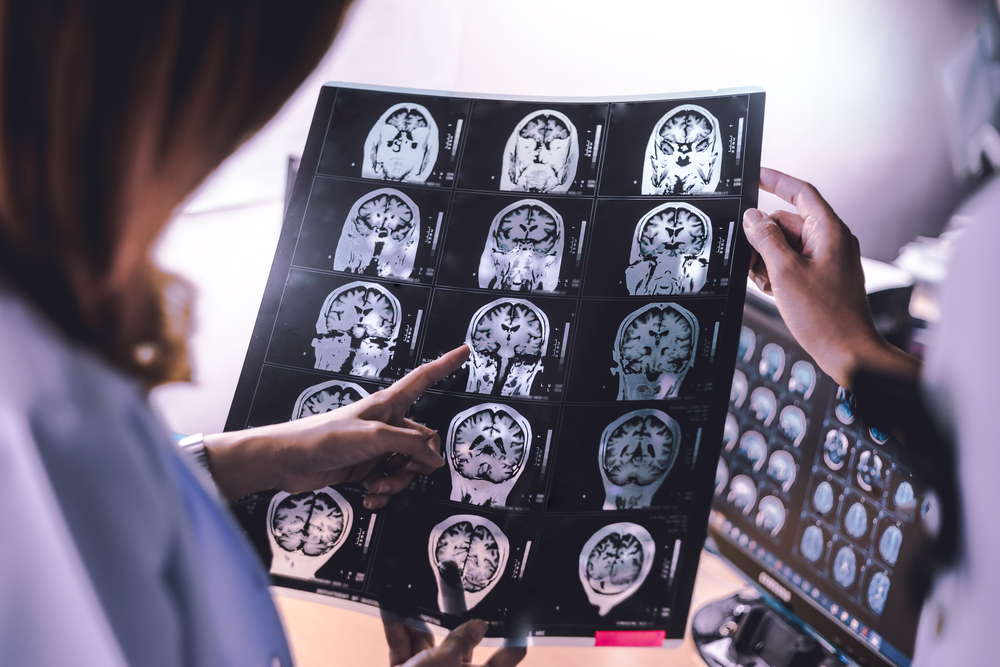

SMA TYPE 3 MANUAL
Dependent manual wheelchairs are pushed by the caregiver. Dependent manual wheelchairs (eg, tilt-in-space manual wheelchairs) may become necessary as the disease progresses and patients are no longer able to perform any type of independent mobility or cognitive dysfunction limits their ability to use forms of independent mobility. Independent manual wheelchairs (eg, lightweight or ultralightweight manual wheelchairs) can be used early in the disease to provide some level of energy conservation for community mobility for patients who may be able to ambulate only household distances. Manual wheelchairs can be divided into independent versus dependent devices. Decreased exercise tolerance either caused by primary muscle or cardiopulmonary effects of the disease needs to be taken into consideration in determining what type of manual wheelchair would be most appropriate. Patients with milder or more slowly progressive NMD can often use a manual wheelchair as their primary mode of mobility. They showed that learning powered mobility at 24 months had benefits on the frequency of self-initiated interaction with objects, spatial exploration, and communication with caregivers. Butler and colleagues subsequently studied the effects of powered mobility on the development of young children with locomotor disability. Common diagnoses considered for early power mobility include SMA type II, congenital muscular dystrophies, congenital myopathies, congenital myasthenic syndromes, and Charcot-Marie-Tooth (CMT) type 3 or Dejerine-Sottas disease. These children were all of normal intelligence. One child began learning the task of operating a powered mobility device at 20 months of age. The youngest child who was able to achieve safe and independent power mobility was 24 months old.
SMA TYPE 3 FULL
Failure to provide access to the appropriate devices limits children’s ability to achieve their full potential.īutler published a case series of 8 children mostly with spinal muscular atrophy (SMA) type II. These devices also need to be tailored to the child’s developmental needs. These devices facilitate learning and social development. Besides providing home and community accessibility, it plays a role in the child’s overall development. Mobility-assistive technology has multiple roles. Mobility-assistive technology in the pediatric NMD population

Overall, there needs to be a patient-centered team approach when addressing the needs of this patient population to determine what type of device is most appropriate. These insights may influence the decision to choose a particular product rather than another. Physical, occupational, and speech therapists can be involved to provide insights regarding the interface between the patient and the device. The evaluation frequency needs to be completed based on the functional status of the patient and the rate and degree of disease progression. Required considerations for the proper evaluation of mobility-assistive technology include a physical, visual, and cognitive assessment. It is also important to consider charitable resources that can provide assistance when needed. Coverage, qualification based on medical necessity, and documentation requirements vary by payer source and region. It is important for the clinician, therapist, family, and patient to be aware of what durable medical equipment coverage is available as well as the qualification for such equipment based on medical necessity and documentation requirements imposed by their specific funding source. These devices need to be able to accommodate and adapt to the individual’s needs.Īs more specialized functions are required, the financial cost also increases. Without proper accommodations for goal-directed independent mobility whereby children can explore and affect their environment, there can be delays in cognitive and social development caused by mobility impairment. In the pediatric population, despite disease progression, there can still be developmental progress in a variety of cognitive and social domains. The types of devices required change as the disease progresses. Mobility-assistive technology is essential for maintaining the function of individuals with severe or progressive neuromuscular disease (NMD).


 0 kommentar(er)
0 kommentar(er)
